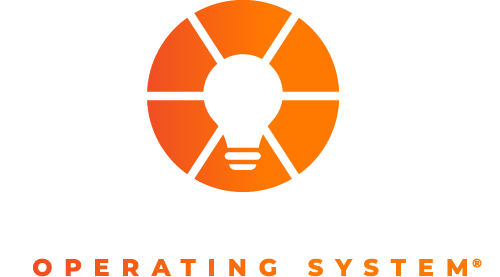The Scorecard is one of the foundational tools we teach our EOS® clients. When I explain that it is a tool to enable management by exception, many of my clients respond that they do that already with a dashboard.
What’s the Difference Between Scorecards and Dashboards?
One of the key differences between Scorecards and dashboards is that typically — but not always — dashboards focus on outcomes at a point in time such as:
- How many dollars or deals are in our sales pipeline?
- How many customer complaints are in our customer service queue?
- How much cash do we have?
They are all important, but they have one shortcoming: by the time you see them, the time to react to them has passed.
Scorecard items, as defined by EOS, are forward-looking, activity-based numbers, with weekly goals, which lead to desired outcomes.
A classic example of this is achieved by documenting the activities in the sales pipeline which move a person through the pipeline to prospect, hot prospect, and finally to the customer. Items like qualification calls, requirement assessment meetings, capabilities presentations, and quotations are examples of Scorecard activities.
Scorecards can, and should, be kept in every department. Engineering and software development projects have similar milestones. Documenting activities around AR and AP in finance should be straightforward. Manufacturing flow through a shop can be described in activities as well. You get the picture.
The Benefits of Using Scorecards
There are three clear benefits from using Scorecards in every department:
- Perfect clarity for individuals as to what management expects of them (this works between management levels as well)
- People begin to self-manage, which frees up management to focus on future opportunities and challenges
- If activities get off track, you have the opportunity to get them back on track before the quarter ends, rather than doubling up in the next quarter
If this could be helpful for your company, please download a free copy of the Scorecard.
Next Steps
- Download a free chapter of How to Be a Great Boss to learn how to lead, manage, and create a culture of accountability on your team.
- Learn to make decisions faster and better by downloading a copy of our free eBook, Decide!
- Download a copy of 20+ EOS Terms Your Employees Need to Know to help your team understand key EOS® concepts and terms.



